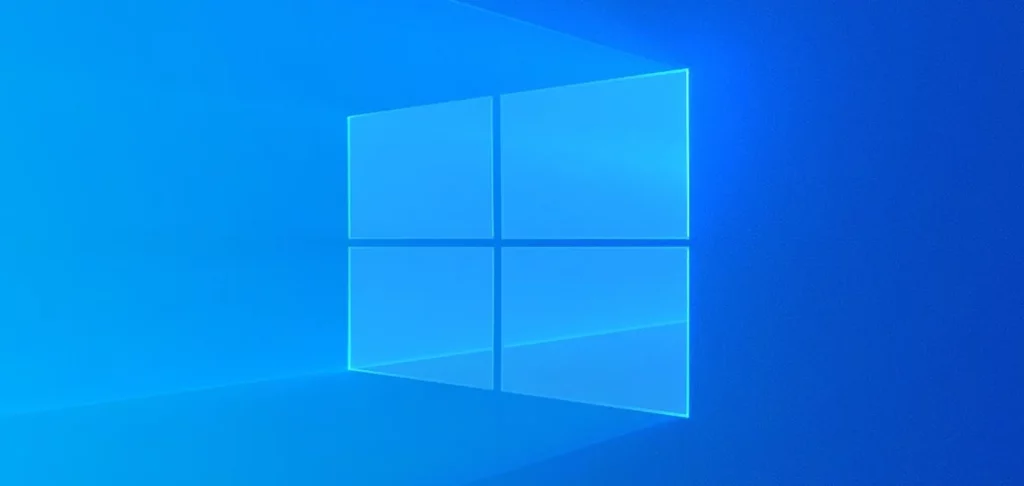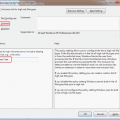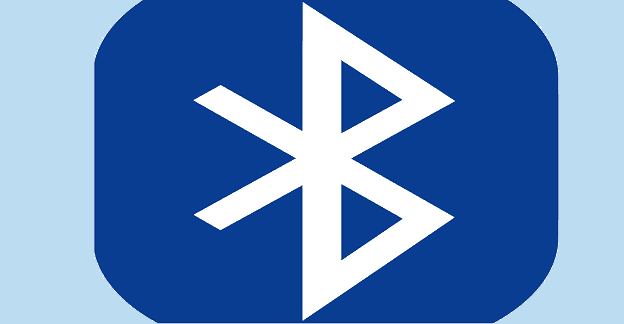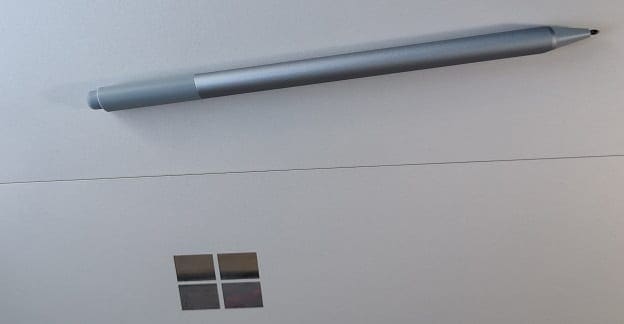If you’re looking to free space or just simply need to clean the clutter from the hard drive of your Microsoft Windows 11 computer, here is a list of file and folder locations you can safely remove to clear the most space.
Contents
Windows Temp Folders
Applications use these folders to temporarily write data. You can safely remove anything in the folder, but you may not be able to delete items that are in use.
Likely safe locations to delete files and folders from:
- C:\Windows > Temp
- C:\Users > username > AppData > Local > Temp
Browser Temp Folders
Data from web pages. Cached to make loading time quicker.
Likely safe locations to delete files and folders from:
- Microsoft Edge – C:\Users > username > AppData > Local > Packages
> Microsoft.MicrosoftEdge_8wekyb3d8bbwe > AC > MicrosoftEdge > Cache - Internet Explorer – C:\Users > username > AppData > Local > Microsoft > Windows > INetCache
- Firefox – C:\Users > username > AppData > Local > Mozilla > Firefox > Profiles > randomcharacters.default > cache2 > entries
- Google Chrome – C:\Users > username > AppData > Local > Google > Chrome > User Data > Default > Cache
Log Files
Files that store data about what certain applications did.
Likely safe locations to delete ONLY FILES THAT END IN “.LOG”.
- C:\Windows
- C:\Windows > Debug
Normally it’s safe to delete all files and folders in this location:
- C:\Windows > Logs
Old Prefetch Data
Data Windows uses to open commonly used programs faster.
Likely safe locations to delete files and folders from:
- C:\Windows > Prefetch
Crash Dumps
Files containing data about what was in memory when applications crash.
Likely safe locations to delete files and folders from:
- C:\Users > username > AppData > Local > CrashDumps
- C:\ProgramData > Microsoft > Windows > WER > ReportArchive
Update Date
If you’ve updated Windows 11 with all updates, you can lose the update files stored in these locations:
- C:\Windows > SoftwareDistribution > Downloads
- C:\Windows > SoftwareDistribution > Datastore
Microsoft Office Backups
Office keeps backups of your files in case you need to recover them. You can delete them if you like.
- C:\Users > username > AppData > Roaming > MicrosoftWord
- C:\Users > username > AppData > Roaming > MicrosoftPowerPoint
- C:\Users > username > AppData > Roaming > MicrosoftExcel
- C:\Users > username > AppData > Roaming > MicrosoftOutlook
- C:\Users > username > AppData > Roaming > MicrosoftAccess
Thanks to Larry Marks for this one.
Surely, I don’t know it all. Others may have locations they regularly clear to free hard drive space in Windows 11. If you have a location that you know about, please share it in the comments section.




Thank you, very useful!
I deleted the Software Distribution / Downloads files and gained about 1-1.5 GB of space, but it seems like they get downloaded again right away and then my computer starts nagging again about not having enough space. Is there any way to change the location of these downloads? Thank you. This article is extremely helpful.
What about all the txt files?
such as default.help and other text files
Thank you.. really very helpful.
Wauv, I cannot explain it but I had 7 GB in C:\Windows\SoftwareDistribution\Downloads. That was a nice tip. Thanks, Varun and the rest of you :-)
This post waz very helpful indeed. Thx so very muchl
I have a lot of the following files, but don’t know what they are for. Can I safely delete them? and how?? 45699160-b64f-4840-a2d4-3cfdaa195e7d_v_807_0.xml and also bfb65196-4b87-2614-514d-82616e508f40_v_836_0.xml.
what about program data folder. how to delete stuff from there, specially if the program is uninstalled, is it safe?
ha hem.,edit?,, ‘DISK’ clean up. was my reference, in disk properties.. and those image files that are 1″x1″ that Gulppy referred to are the live tile start menu images. That folder can get HUGE… turn off ‘live tiles’ if you want to stop that from accumulating.
The user /appdata /local/ temp is a tricky one. Outlook stores its ‘backup.pst’ there (unless you moved it in settings). Other programs can leave “active” files and folders there. My approach to this is look at the creation and modified dates, Anything that hasn’t been modified in 2 weeks goes. Some believe that dick cleanup uses discretion when deleing files. It really doesn’t and can cause an app to hang or other problems. It also runs in administrator mode some permissions get ignored. you should always use a little patients and do diligence in investigating and not jus click and hope. Just M2C
I realize this pertains to windows-7. I am posting this just in case it applies also to windows-10. “\users\appdata\\local\microsoft\windows photo gallery\original images\” contained numerous previously deleted photo files. I deleted all entries with no subsequent computer malfunctions.
How about the “Downloads” directory? Are those files needed in the future?
Thanks so much. I had wasted a lot of time going one by one through the folders trying to locate the culprit.
this is awesome thanks
It was helpful. Thanks
thank you very helpful info…
Thanks you so much!